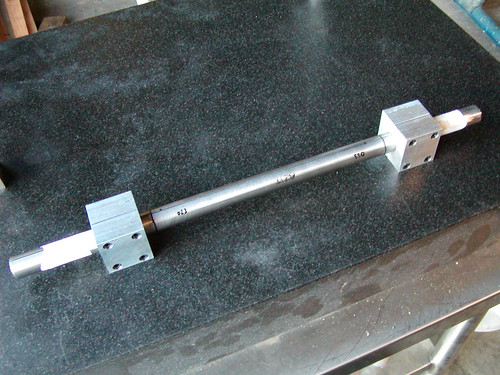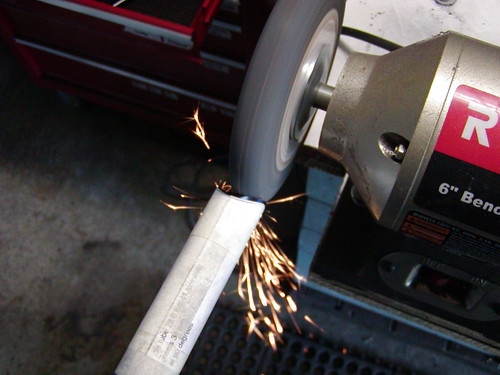Dave Bohm suggested another thread to discuss hand mitering. I am not a pro builder, and as long as I can do 5x better as an engineer I'm going to stay a hobbyist. My main experience was sitting at a bench at Trek back in the '70s brazing pre-mitered tubes into frames. So I have never built a ton of hand mitered frames. I built some prototypes at Trek, so I got really good at hand mitering by eye while I was there. The intervening decades have caused those skills to fade, and while I could hand miter by eye now, I use templates.
I dykem the tubes, scribe the centerline on the bowed up side and then tape on the templates. I scribe the shape into the dykem and then slide the template to the center of the tube. Then I hand miter the tube. If I get confused, the template is still ready to go, but I don't use it as an actual guide. I always used a scribing guide, it's just that now it's printed on a computer. I see no flaw with this procedure, although it loses in any hand-mitering dick swinging contest.
I think my procedure is far superior to sitting around not building frames because you can't afford $2k for a mill and tooling. But I'm certainly willing to learn different techniques.
Thanks


 Likes:
Likes: 


 Reply With Quote
Reply With Quote




Bookmarks